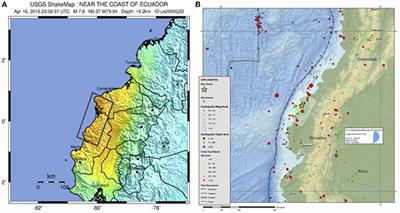EDITORIAL
Published on 22 May 2020
Editorial: Earthquake Reconnaissance – Building the Risk and Resilience Evidence Base
doi 10.3389/fbuil.2020.00055
- 1,650 views
- 1 citation
4,617
Total downloads
37k
Total views and downloads
You will be redirected to our submission process.
EDITORIAL
Published on 22 May 2020
ORIGINAL RESEARCH
Published on 18 Jun 2019
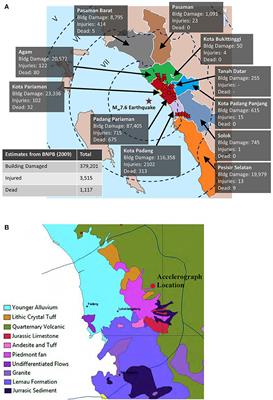
ORIGINAL RESEARCH
Published on 27 Feb 2019
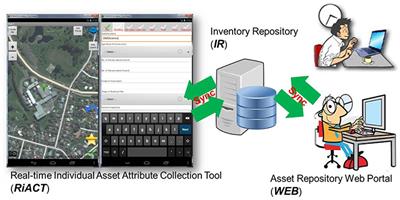
PERSPECTIVE
Published on 28 Jan 2019
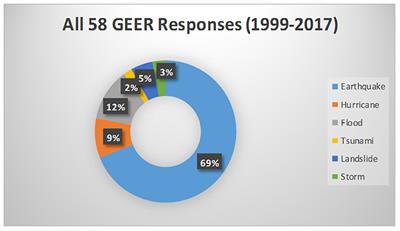
ORIGINAL RESEARCH
Published on 04 Dec 2018
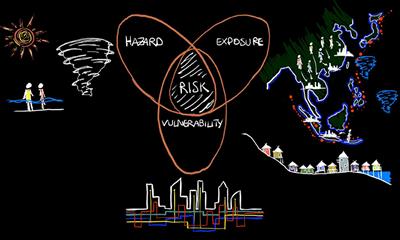
ORIGINAL RESEARCH
Published on 24 Sep 2018
